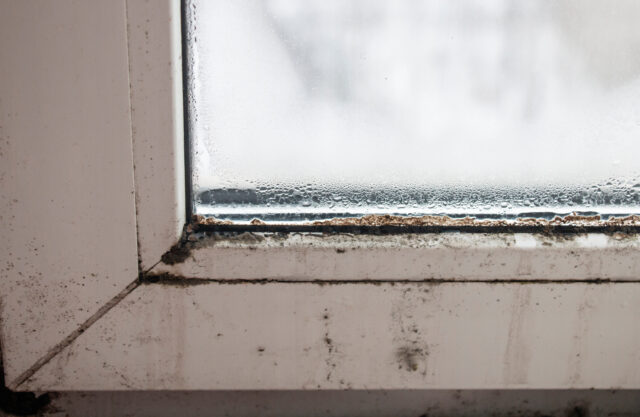
Product designers and manufacturers have a responsibility to the public. Whether we buy products for home or work, we should be able to trust that our purchases will not harm us if used properly. Unfortunately, this is not always the case and people are hurt by products regularly. While some accidents are caused by the negligence of the user, others constitute a product liability case. If you were injured due to a defective product, contact a skilled Passaic County product liability lawyer from the Law Offices of August R. Soltis today.
Common Defective Products
Certain defective products are more frequently associated with injuries and product liability claims. Some of the most common include the following:
- Defective Auto Parts: Malfunctioning brakes, airbags that fail to deploy, and tire blowouts can lead to severe accidents, putting drivers, passengers, and pedestrians at risk.
- Dangerous Pharmaceuticals: Prescription and over-the-counter drugs may cause unexpected side effects, dangerous interactions, or adverse reactions due to improper testing, contamination, or failure to warn.
- Defective Medical Devices: Pacemakers, hip implants, surgical mesh, and insulin pumps that malfunction can lead to serious health complications, requiring additional surgeries or treatments.
- Children’s Toys & Products: Small parts that pose choking hazards, toxic materials, or defective car seats can cause serious harm to children.
- Household Appliances & Electronics: Faulty wiring, overheating batteries, or structural defects in items like space heaters, kitchen appliances, and power tools may result in fires, electric shocks, or other injuries.
- Industrial & Workplace Equipment: Malfunctioning heavy machinery, power tools, and safety gear can lead to catastrophic injuries for workers, often making employers and manufacturers liable.
Determining Liability in Defective Product Cases
Establishing the liable party is a major part of a product liability case. The three main types of product liability cases are:
- Design defects: Design defects occur when the individual who actually designed the product was negligent and did not take the necessary steps to ensure that the product was safe for consumers. Proving negligence usually entails uncovering a safer yet equally practical way to design the product.
- Manufacturing defects: Manufacturer defects occur when someone who was involved in the actual creation of the physical product strayed from the design and this negligence caused the product to become unsafe. For these cases, the design must be sound. The issue involves the wanton deviation from that design.
- Failure to warn: Instructions and labeled warnings are very important parts of any product. When a company fails to warn consumers about a potential danger associated with using a product incorrectly, the consumer may become seriously injured and the company could be held responsible for the aftermath.
Documenting a Product Liability Case
Proper documentation is crucial when pursuing a product liability claim. Gathering strong evidence can help establish how the defect caused your injury and who is responsible. Some of the most important steps you should take are as follows:
- Preserving the Defective Product: Do not discard or alter the product in any way. Keep it in its current condition, as it serves as primary evidence in your case.
- Photographing the Evidence: Take clear, detailed photos of the defective product, any visible injuries, and the surrounding environment where the incident occurred.
- Keeping Medical Records: Seek medical attention immediately and retain all records related to your diagnosis, treatments, prescriptions, and any ongoing medical care.
- Maintaining Purchase Receipts & Documentation: Keep any receipts, packaging, user manuals, and warranty information that prove you purchased and used the product as intended.
- Documenting the Incident: Write a detailed account of what happened, including the time, date, location, and circumstances of the injury. If possible, obtain witness statements from anyone who saw the incident occur.
- Checking for Recalls: Research whether the product has been recalled by the manufacturer or the Consumer Product Safety Commission (CPSC), as this could support your case.
Statute of Limitations for Product Liability Claims in New Jersey
If you were injured due to a defective product, it is critical to act quickly, as New Jersey law imposes strict deadlines for filing a claim. Under New Jersey’s statute of limitations for product liability cases, you generally have two years from the date of the injury to file a lawsuit against the responsible party. However, there are some exceptions, which are as follows:
- Discovery Rule: If the injury was not immediately apparent—such as exposure to a harmful substance that caused delayed health issues—the two-year period may begin when the injury is discovered or reasonably should have been discovered.
- Minors: If the injured party is a minor, the statute of limitations may be tolled (paused) until they turn 18, at which point they have two years to file a claim.
- Wrongful Death Claims: If a defective product results in a fatality, the victim’s family has two years from the date of death to file a wrongful death lawsuit.
- Claims Against Government Entities: If the defective product was manufactured or distributed by a government entity, specific notice requirements and shorter deadlines may apply.
Contact a New Jersey Product Liability Lawyer
If you have been seriously injured because of a defective product, it is important to retain the services of an experienced personal injury attorney who can assess your case, guide you through your legal options, uncover the negligent parties, and hold them accountable. You may be entitled to compensation. Our firm can help. Contact the Law Offices of August R. Soltis.
Our Latest Blogs
© 2025 Law Offices of August R. Soltis. All rights reserved. Attorney advertising.


